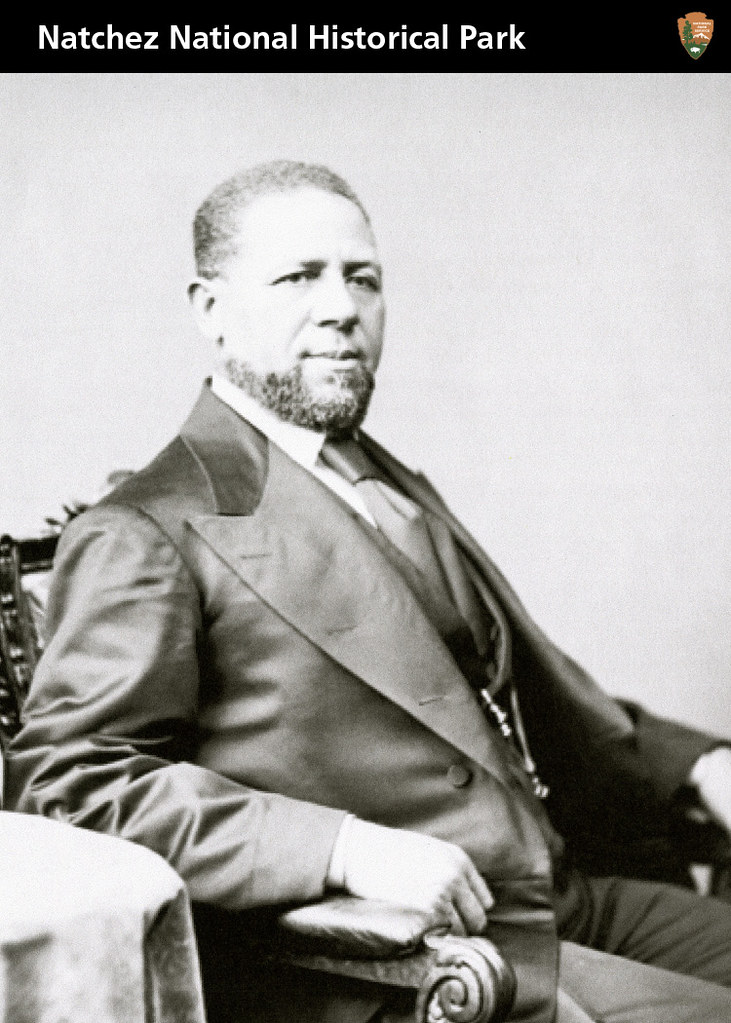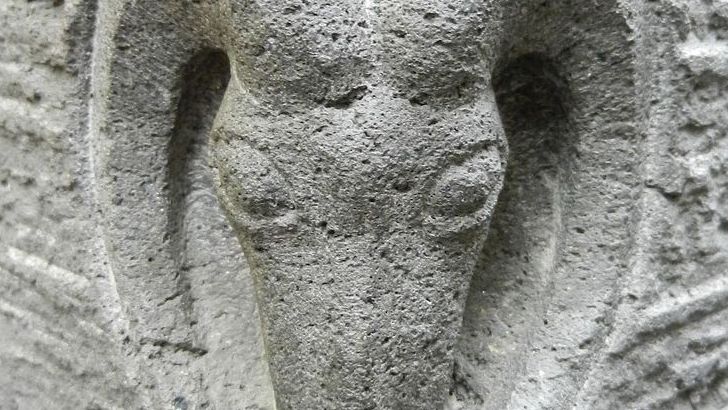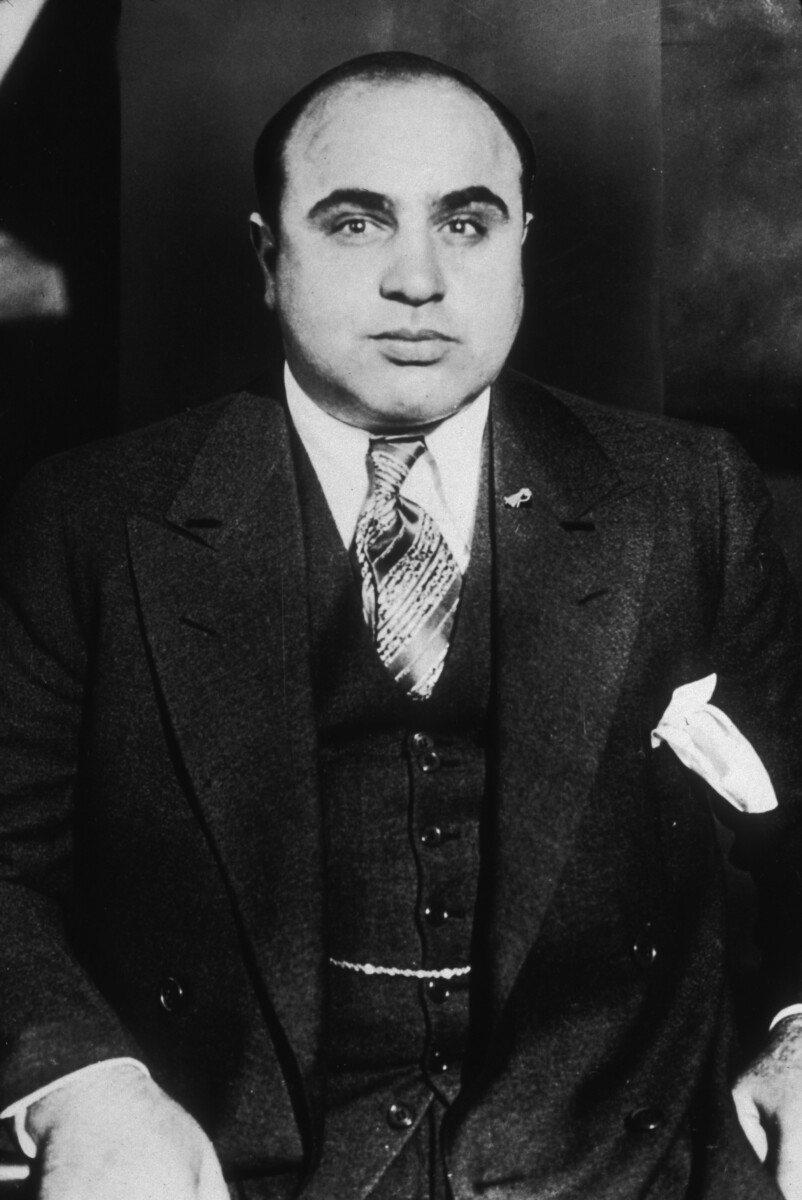Thaddeus Stevens: The Unwavering Champion of Equality

Thaddeus Stevens was an American politician and lawyer who served as a member of the United States House of Representatives from Pennsylvania, being one of the leaders of the Radical Republican faction of the Republican Party during the 1860s. A fierce opponent of slavery and discrimination against black Americans, Stevens sought to secure their rights during Reconstruction, leading the opposition to U.S. President Andrew Johnson. Stevens carried remarkable determination throughout his life, coming from humble beginnings with a physical disability. Stevens was born in rural Vermont, in poverty, and with a club foot, which left him with a permanent limp. Yet this man would become one of the most powerful legislators in American history. He agitated ceaselessly for educational and financial reform, an end to slavery, and universal black suffrage.
Charles Sumner: The Senate’s Voice for Justice

Charles Sumner (1811–1874), a senator from Massachusetts for more than 20 years (1851–1874), was the leader of the Radical Republicans in the Senate and a lifelong proponent of social equality for Blacks. He also supported prison reform and educational reforms. Sumner’s commitment to civil rights came at a personal cost that shocked the nation. In one of the most shocking incidents in American history, Sumner was consequently attacked on the Senate floor and beaten with a cane by South Carolinian Preston Brooks, whose uncle was one of the men Sumner had criticized. The brutal 1856 attack left lasting physical damage, yet Sumner returned with even stronger resolve. As one of the Radical Republican leaders in the post-war Senate, Sumner fought to provide equal civil and voting rights for freedmen on the grounds that “consent of the governed” was a basic principle of American republicanism. His towering presence in the Senate – both physically and morally – made him impossible to ignore.
Hiram Revels: Breaking the Ultimate Barrier

Senator Hiram Revels of Mississippi was the first African American member of the United States Senate. He took the oath of office on February 25, 1870. The moment was nothing short of revolutionary for a nation still grappling with the aftermath of slavery. One hundred and fifty years ago, on February 25, 1870, visitors in the packed Senate galleries burst into applause as Senator-elect Hiram Revels, a Republican from Mississippi, entered the Chamber to take his oath of office. Those present knew that they were witnessing an event of great historical significance. Revels brought unique credibility to his role, having been born free and serving as both educator and minister. Hiram Rhodes Revels was born in North Carolina on September 27, 1827. He was born to free black parents and was a free man his entire life. He attended Union County Quaker Seminary in Indiana and Darke Seminary in Ohio before being ordained as a minister in the African Methodist Episcopal (AME) Church in 1845.
Blanche K. Bruce: The Full-Term Trailblazer

Blanche Kelso Bruce (March 1, 1841 – March 17, 1898) was an American politician who represented Mississippi as a Republican in the United States Senate from 1875 to 1881. Born into slavery in Prince Edward County, Virginia, he went on to become the first elected African-American senator to serve a full term. Bruce’s journey from enslaved person to senator represented the profound possibilities of Reconstruction. Bruce was born into slavery in 1841 in Prince Edward County, Virginia, near Farmville to Polly Bruce, an African-American woman who served as a domestic slave. His father was his master, Pettis Perkinson, a white Virginia planter. Bruce was treated comparatively well by his father, who educated him together with a legitimate half-brother. His rise to power demonstrated remarkable business acumen. In 1868, during Reconstruction, Bruce relocated to Bolivar near Cleveland in northwestern Mississippi, at which he purchased a Mississippi Delta plantation. He became a wealthy landowner of several thousand acres in the Mississippi Delta.
Abraham Lincoln: The Martyred Visionary

Abraham Lincoln’s assassination robbed the nation of a leader uniquely positioned to heal its wounds through his combination of political skill and moral authority. One historical camp argues that Lincoln’s flexibility, pragmatism, and superior political skills with Congress would have solved Reconstruction with far less difficulty. His approach would have likely differed dramatically from what followed. Lincoln favored the “ten percent plan” and vetoed the Wade–Davis Bill, which proposed strict conditions for readmission. While we can only speculate about Lincoln’s potential impact, his death created a leadership vacuum that changed the course of Reconstruction. Northern anger over the assassination of Lincoln and the immense human cost of the war led to demands for punitive policies. Vice President Andrew Johnson had taken a hard line and spoke of hanging Confederates, but when he succeeded Lincoln as president, Johnson took a much softer position, pardoning many Confederate leaders and other former Confederates.
Andrew Johnson: The Compromised Successor

Andrew Johnson’s presidency proved to be one of the most contentious in American history as he clashed repeatedly with Congress over Reconstruction policies. Johnson offered a pardon to all Southern whites except Confederate leaders and wealthy planters (although most of these subsequently received individual pardons), restoring their political rights and all property except slaves. His lenient approach toward former Confederates angered many in Congress who wanted stricter measures. He was replaced by Andrew Johnson, who vetoed Radical Republican bills, pardoned Confederate leaders, and allowed Southern states to enact draconian Black Codes that restricted the rights of freedmen. His actions outraged many Northerners and stoked fears the Southern elite would regain power. Johnson’s policies created deep political divisions that ultimately led to his impeachment. After gains in the 1866 election, the radicals took control of Reconstruction away from Johnson. Stevens’s last great battle was to secure in the House articles of impeachment against Johnson, acting as a House manager in the impeachment trial, though the Senate did not convict the President.
Ulysses S. Grant: The Reluctant Reconstructor

Ulysses S. Grant brought military prestige to the presidency but struggled with the political complexities of Reconstruction. By 1869 the Republican Party was firmly in control of all three branches of the federal government. Grant’s administration coincided with the height of Radical Republican power, yet his leadership style differed markedly from the more activist approach favored by Stevens and Sumner. The Grant years saw both significant civil rights advances and growing resistance to Reconstruction policies. The opposition to the Radicals became overwhelming as Democrats and moderate Republicans alike accused the Radicals of corruption and accepting bribes during the new Presidency of Ulysses S. Grant. His presidency marked a gradual shift away from the aggressive Reconstruction policies of the immediate post-war period.
The Freedmen’s Bureau Leaders: Unsung Heroes

The Freedmen’s Bureau represented one of the most ambitious federal programs ever undertaken to assist formerly enslaved people in their transition to freedom. He worked as a preacher in the Midwest in the 1850s and as a chaplain to a Black regiment in the Union Army before going to Mississippi in 1865 to work for the Freedmen’s Bureau. Bureau agents like Hiram Revels worked on the ground to provide education, legal assistance, and economic opportunities to freed slaves. These often forgotten officials faced enormous challenges in implementing federal policies at the local level. Their efforts to establish schools and protect the rights of freed people represented practical attempts to make the promise of emancipation real for millions of formerly enslaved Americans.
Northern White Republicans: The Radical Allies

The Radical Republicans were a group of politicians who formed a faction within the Republican party that lasted from the Civil War into the era of Reconstruction. They were led by Thaddeus Stevens in the House of Representatives and Charles Sumner in the Senate. The Radicals were known for their opposition to slavery, their efforts to ensure emancipation and civil rights for Blacks, and their strong opinions on post-war Reconstruction. These legislators demonstrated that some white Americans were genuinely committed to racial equality, not merely political expediency. They were also critical towards many policies of both President Abraham Lincoln and his successor, Andrew Johnson. Throughout the lifespan of the Radical Republican faction, they made enemies with Democrats, many former slave owners, the Ku Klux Klan, and often even found opposition from the moderate Republicans. Their willingness to challenge both presidents and popular opinion showed remarkable political courage.
Black Ministers and Community Leaders

In many African American communities, large and small, the social, political, and economic life of the people centered around the church. The pastor was often the community leader, teacher, and business strategist. These religious leaders played crucial roles in organizing newly freed communities and providing stability during turbulent times. They established schools, facilitated political participation, and helped former slaves navigate their new rights and responsibilities as citizens. Composed of those who had been free before the Civil War plus slave ministers, artisans, and Civil War veterans, the Black political leadership pressed for the elimination of the racial caste system and the economic uplifting of the former slaves. Their grassroots leadership provided the foundation for broader political movements.
The Constitutional Amendment Architects

The leaders who crafted and shepherded the Thirteenth, Fourteenth, and Fifteenth Amendments through Congress deserve recognition as master architects of American liberty. As a member of the joint Committee on Reconstruction, he played an important part in the preparation of the Fourteenth (due process) Amendment to the Constitution and the military reconstruction acts of 1867. Stevens’ work on these amendments created the legal framework for civil rights that would endure for generations. Stevens’ legislative legacy is the 13th, 14th, and 15th Amendments to the Constitution, which serve as the basis for all civil rights legislation. Stevens drafted his own version of the 13th Amendment, but when it failed to gain support, he shepherded a more popular version through Congress. It ended slavery in all states, whereas the Emancipation Proclamation only abolished slavery in the Confederacy. These amendments transformed the Constitution from a document that protected slavery into one that guaranteed equality.
The Southern Unionists: Voices of Reconciliation

Often overlooked are those white Southerners who remained loyal to the Union during the war and worked for peaceful reconciliation afterward. These individuals faced enormous social pressure and sometimes violence from their neighbors for their political positions. They provided crucial bridges between North and South, offering paths toward healing that didn’t require complete capitulation by either side. If Mississippi Unionists preferred their senator to be white, the reality was that Bruce held the seat, and he shared their vision of regional prosperity, even if they did not share his of an interracial democracy. One Pennsylvania Republican visited Bruce’s office and was surprised to find a “small army of white Mississippians” in his waiting room, all of them “ready to swear by you.” Their pragmatic approach to working with Black politicians showed that racial cooperation was possible when political and economic interests aligned.
The Education Pioneers

The establishment of schools for formerly enslaved people represented one of Reconstruction’s most successful and lasting achievements. By 1868, over 80 percent of Black men who were eligible to vote had registered, schools for Black children became a priority, and courageous Black leaders overcame enormous obstacles to win elections to public office. Northern teachers, both Black and white, traveled south to establish educational institutions that would transform generations of African American families. A group of Ohioans, including four African American men, established Wilberforce University near Xenia, Ohio, in 1856, and named it after the famous British abolitionist, William Wilberforce. When the school failed to meet its financial obligations, leaders of the African Methodist Episcopal Church purchased it in 1863. The articles of association of Wilberforce University, dated July 10, 1863, state that its purpose was “to promote education, religion and morality amongst the colored race.” These educational pioneers understood that lasting freedom required literacy and learning.
The Legacy of Reconstruction Leadership

The leaders of Reconstruction faced an almost impossible task: healing a nation torn apart by four years of civil war while simultaneously transforming the social and economic order of the South. The significance of the courageous and pioneering service of Revels, Bruce, and the other African American congressmen of the Reconstruction Era cannot be overstated. Although the struggle to fully achieve equality would continue for years to come, their remarkable accomplishments opened doors for others to follow. While Reconstruction ultimately fell short of its most ambitious goals, the leaders of this era established constitutional foundations and precedents that would prove crucial in later civil rights movements. Their vision of an America where all citizens enjoyed equal rights under law remained unrealized for decades, but it never disappeared completely. The seeds they planted would eventually bloom in the civil rights movement of the twentieth century, proving that their sacrifice and dedication had not been in vain.






